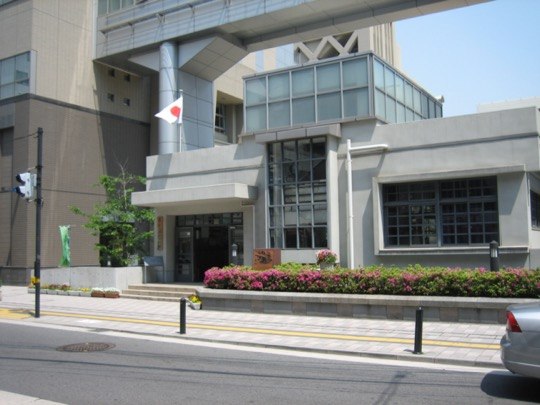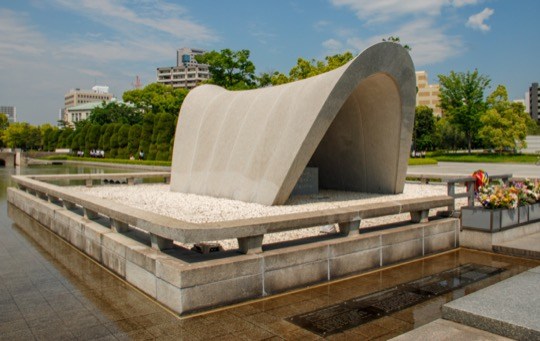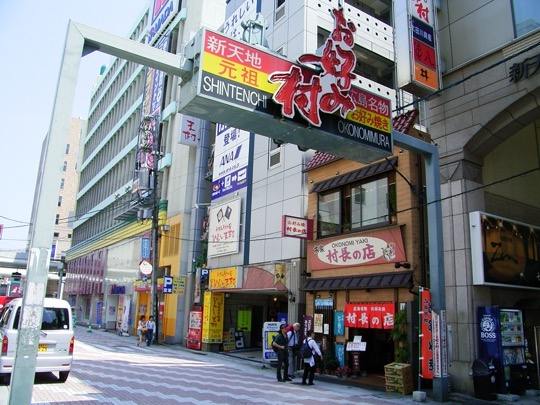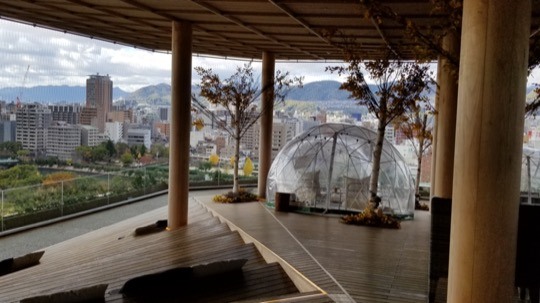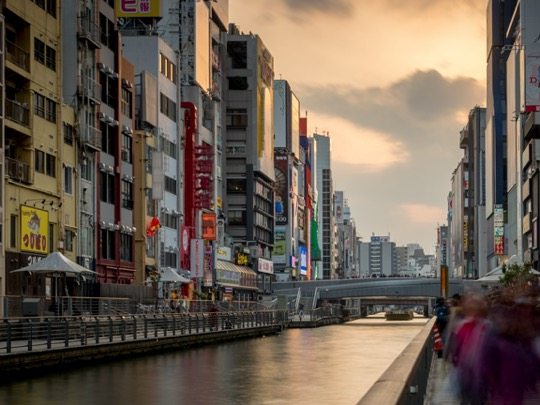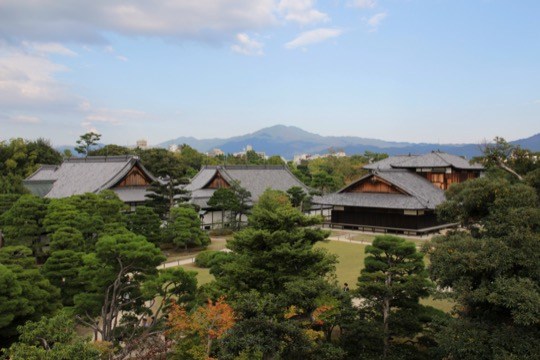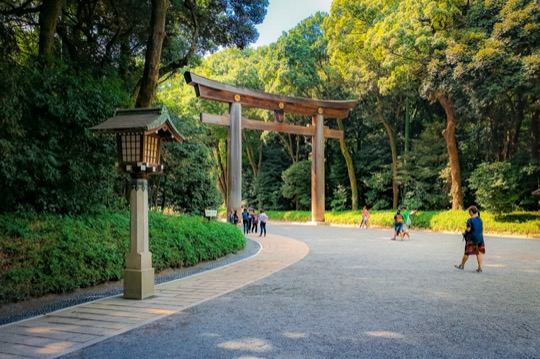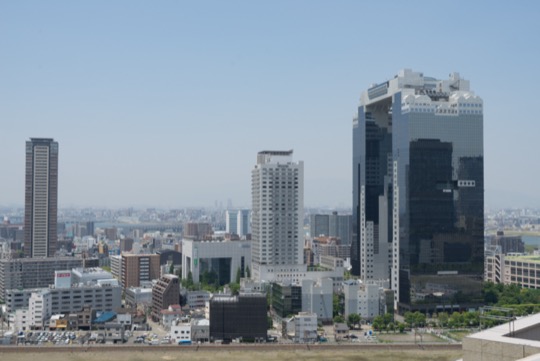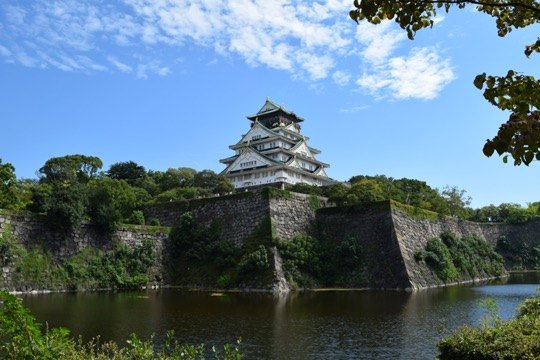Hiroshima Atomic Bomb Dome
Symbol of peace and a stark reminder of nuclear devastation since 1945
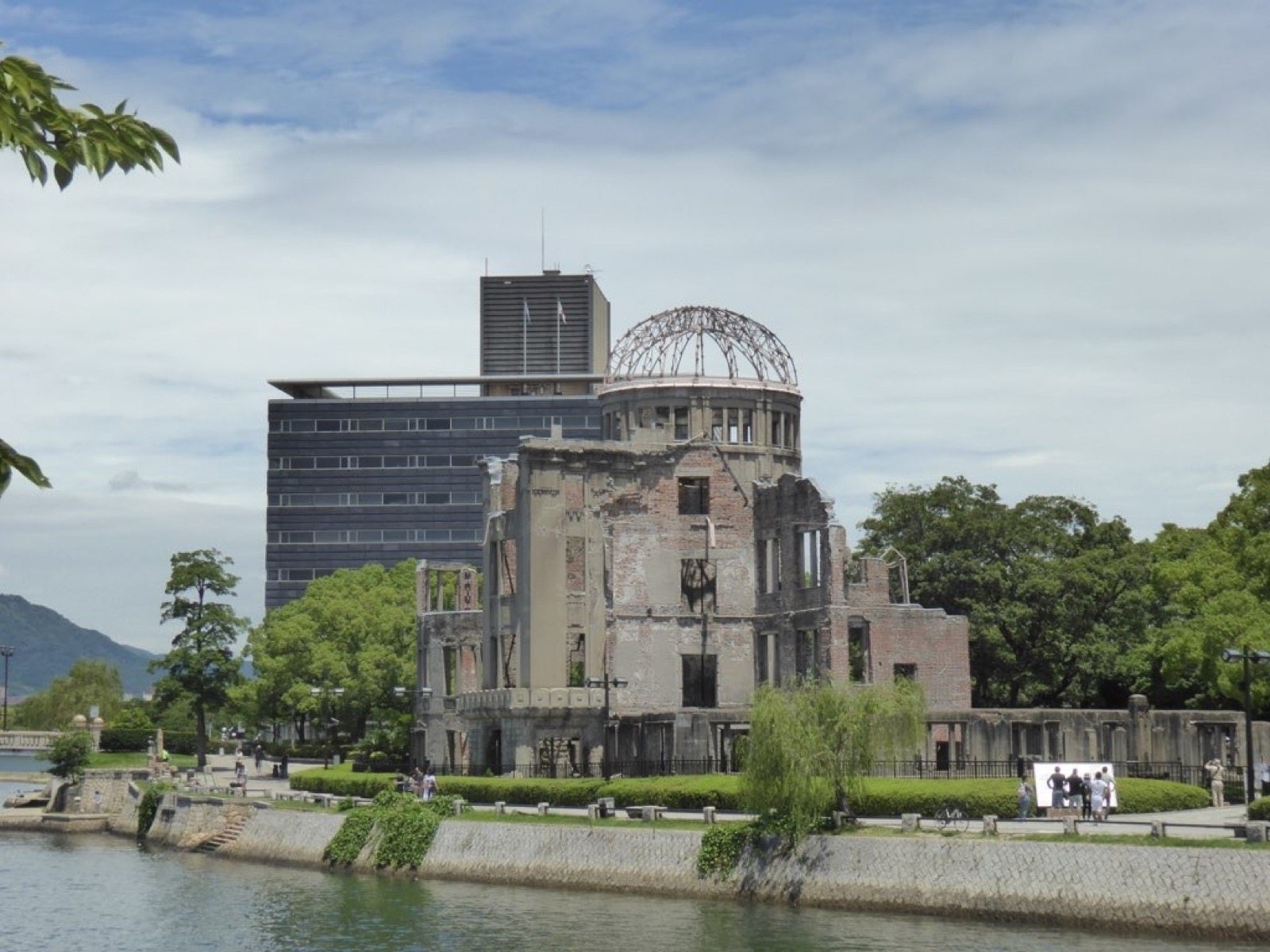
On This Page
The Hiroshima Peace Memorial, commonly known as the Genbaku Dome, is a symbol of the tragic atomic bombing on August 6, 1945. Located near the bomb’s hypocenter, its remains are a symbol of the destructive power of nuclear weapons and a plea for perpetual peace. Designated as a UNESCO World Heritage site, it invites visitors worldwide to reflect on the past and the imperative of disarmament.
Designed by Czech architect Jan Letzel, the building originally functioned as the Hiroshima Prefectural Industrial Promotion Hall (also known as the Hiroshima Prefectural Commercial Exhibition Hall) and was completed in 1915. It was one of the structures near the hypocenter to withstand the blast, due to its earthquake-resistant design and strong vertical columns. Over 140,000 lives were claimed by the bomb, but the Hall’s main structure survived, becoming a symbol of memory and resilience.
There were debates about the fate of the Dome, but ultimately, the city of Hiroshima decided to preserve it. The Hiroshima Peace Memorial Park, which includes the Dome, was established between 1950 and 1954, with additional preservation work on the Dome conducted in 1967. The site’s significance was recognized internationally when it was registered as a UNESCO World Heritage Site in December 1996.
The Dome is now an important symbol of commitment to nuclear abolition and enduring peace. The Peace Memorial Park, encompassing the Dome, features monuments and memorials related to the atomic bomb, and the Hiroshima Peace Memorial Museum. The park and Dome are part of the city’s landscape and serve as a setting for various events promoting peace.
The park’s volunteer guides offer insights into the bombing’s history, and the Dome itself stands as a focal point for reflection. The site is a space for mourning, education, and contemplation of peace.
The Genbaku Dome, with its architectural significance and historic impact, offers visitors a sobering experience. It continues to draw people from around the globe, serving as a symbol of remembrance and a lesson from history.
Official Links
Getting There the easiest way to reach Hiroshima Atomic Bomb Dome
Around Hiroshima Atomic Bomb Dome
Nearby in Hiroshima the best attractions close to Hiroshima Atomic Bomb Dome
Fukuromachi Elementary School Peace Museum
Former school, preserved as a snapshot of the aftermath of the atomic bombing.
Hiroshima Peace Memorial Museum
A tribute to peace and remembrance of the impact of nuclear warfare
Hiroshima Peace Memorial Park
Public open space serving as a poignant reminder of the first city to suffer a nuclear attack
Hondori Shopping Street
Experience the fusion of Hiroshima’s history and present-day culture on the historic Hondori Shopping Street.
National Peace Memorial Hall for the Atomic Bomb Victims
A poignant tribute to the victims of Hiroshima’s atomic bombing.
